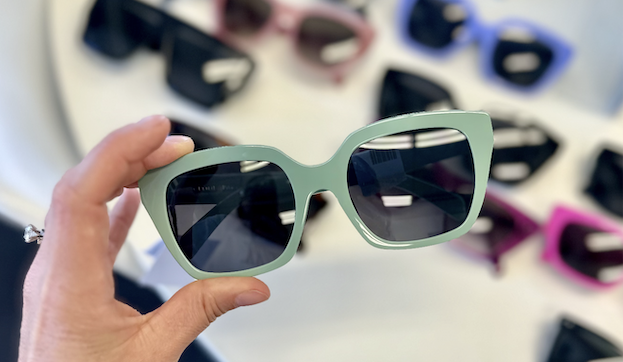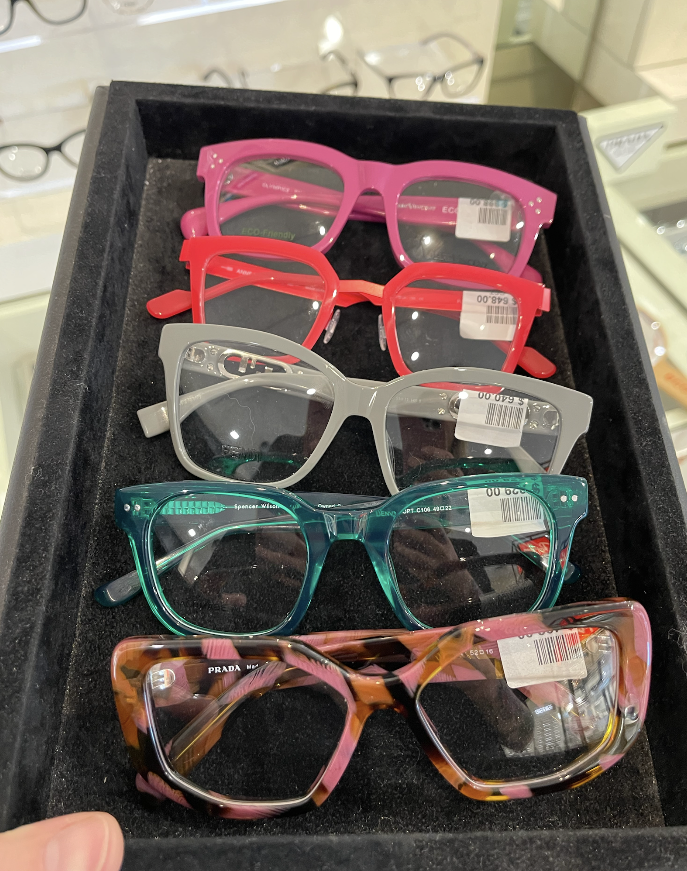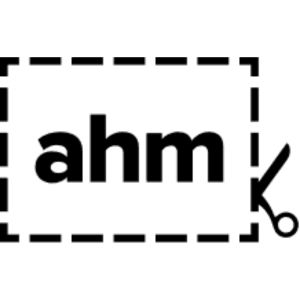Glaucoma is a chronic and progressive eye disease involving the optic nerve whereby structural loss of tissue leads to functional loss of vision overtime. Unlike many other eye diseases, there are no symptoms of glaucoma hence, 50% of people with glaucoma are unaware they have the disease until later stages whereby a significant amount of their visual field has been lost! For this reason, glaucoma has been nicknamed the ‘sneak thief of sight’.
There are several types of glaucoma with Primary Open Angle Glaucoma (POAG) being the most common type in Australia. POAG involves damage to the optic nerve as a result of high eye pressure. Normal tension glaucoma (NTG) also involves damage to the optic nerve even with normal eye pressure. There is also Angle Closure Glaucoma (ACG) where the fluid drainage angle in the eye becomes blocked leading to increased eye pressure, severe pain, nausea, vomiting and vision loss and is a medical emergency.
There is no cure for glaucoma and loss of nerve tissue is irreversible. Research has shown that regardless of the type of glaucoma, lowering eye pressure can significantly slow glaucoma progression. Thus, while vision loss cannot be restored, regular eye examinations prompting early diagnosis and treatment can help delay disease progression and preserve patient vision for years to come.
Risk factors for glaucoma which should prompt patients to have a thorough eye examination and be regularly screened glaucoma include the following:
- Age >40 years
- Family history
- History of migraines
- Reynaud’s
- Sleep apnoea
- African or Asian descent
- Short or long-sightedness
- History of cardiovascular diseases
- Diabetes
- Hypertension
- Hypotension
- History of long course of steroid use
Glaucoma Australia recommends all Australians over the age of 50 visit the optometrist every 2 years however, if you have any of the above-mentioned risk factors, we recommend having baseline scans as soon as possible as early detection saves sight.




















